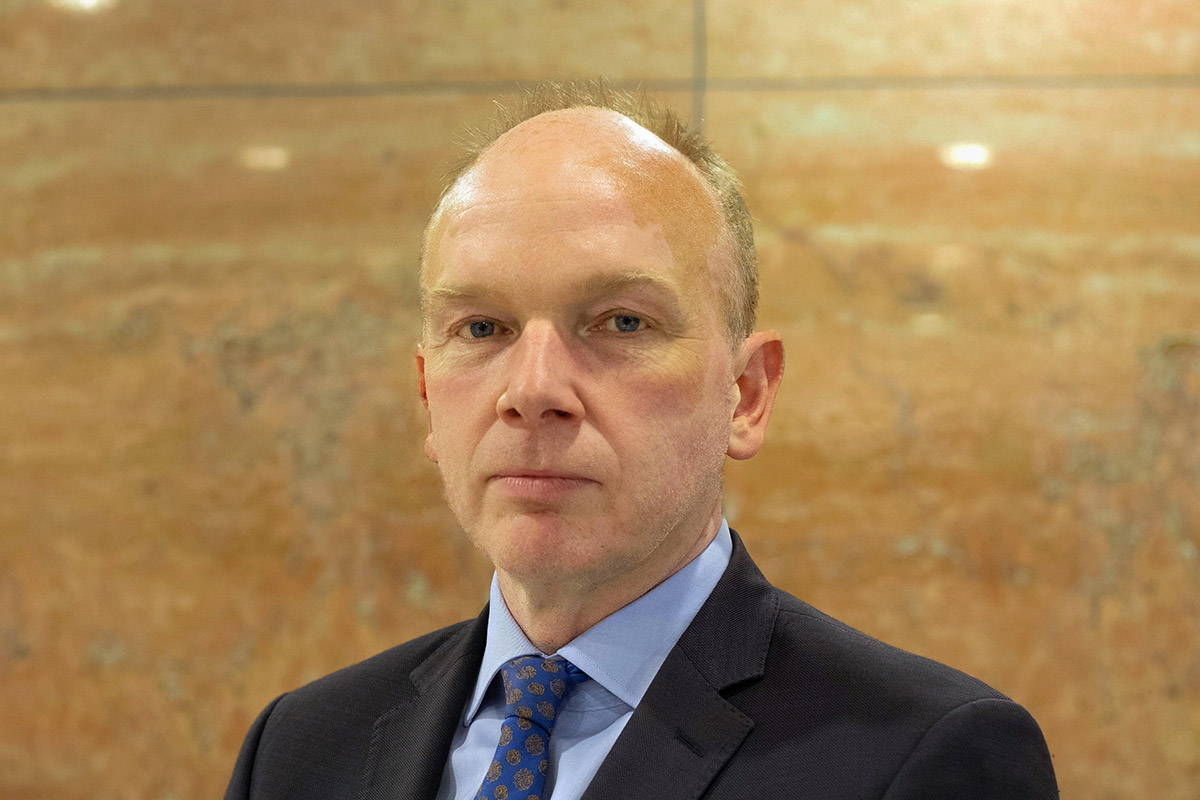Tech
Tied game: China, US and Europe hit quantum internet milestone at the same time

The ability to harness entanglement is seen as a vital step towards a quantum internet, promising a way to generate random cryptographic keys for encoded information so rapidly they become almost uncrackable. It could also be used to connect quantum computers, expanding their operational capabilities.
The feats of the Chinese and US teams were detailed in Nature, while the Dutch researchers’ paper was uploaded as a preprint on repository website arXiv in April and has not undergone peer review.
Lead author of the Dutch paper Ronald Hanson, a physicist at Delft University of Technology, said “the step has now really been made out of the lab and into the field”, according to a news release from Nature.
The team from Harvard University, led by physicist Mikhail Lukin, said a “key challenge” in realising practical, long-distance quantum communication “involves robust entanglement between quantum memory nodes connected by fibre optical infrastructure”.
Each node contains qubits – the quantum version of computer bits, the basic unit of information represented by 0 or 1 that can also exist in a third, combined state – which communicate through the “photonic channels”, the US researchers said.
While each team demonstrated quantum entanglement by using optical fibre cables to create secure connections between receiving node devices, their approaches differed.
The US researchers connected two nodes positioned side-by-side in the Harvard lab at Cambridge, Massachusetts using a 35km (22 miles) fibre loop that stretched into Boston.
The Chinese team set up three nodes – called Alice, Bob and Charlie – in a triangular network around Hefei, capital of Anhui province and home to USTC, with a central server lab in the middle, all at a distance of around 10km (6 miles).
In the Netherlands, a total of 25km (15 miles) of fibre stretched from Delft to The Hague, connecting two nodes with a server at the midpoint.
Pan and his researchers operated a single-photon scheme, using qubits encoded in an ensemble of rubidium atoms, to send one photon from each node to the server for entangling, according to the paper.
If two photons arrived at the server at precisely the same time, an entangled state is achieved, the Chinese researchers said.
“Our work provides a metropolitan-scale test bed for the evaluation and exploration of multi-node quantum network protocols and starts a stage of quantum internet research,” according to the paper.
Pan told Nature that his team expects to be able to establish entanglement across 1,000km (621 miles) of optical fibre using around 10 nodes by the end of the decade.
Instead of relying on an ensemble of atoms, the US team used diamond devices with the carbon atoms replaced by an atom of silicon. “Basically, we entangled two small quantum computers,” Lukin said.
In the US experiment, a single photon was sent to the first node where it entangled with a silicon atom before it was sent around the fibre loop to graze a second silicon atom at the other node, enabling entanglement.
In a similar approach to their US counterparts, the Dutch researchers used nitrogen atoms embedded in diamond crystals.
The Nature report noted that the Chinese and Dutch methods relied on extremely precise timing for the arrival of photons at a central server, requiring a level of fine tuning that the US researchers’ method did not.
According to Nature, the single atom method is less efficient than the Chinese team’s ensemble approach, but is more adaptable as it can be used to perform basic computation.
A press release from USTC said the Chinese researchers’ method achieved an entanglement efficiency “two orders of magnitude” higher than their US counterparts.
While demonstration of entanglement between nodes located in a city is a major achievement, Hanson told Nature that “it doesn’t mean it’s commercially useful yet, but it’s a big step”.
Physicist Tracy Northup from the University of Innsbruck Austria, who was not involved in any of the studies, said the experiments were “the most advanced demonstrations so far,” of the technology needed to develop the quantum internet, according to Nature.










